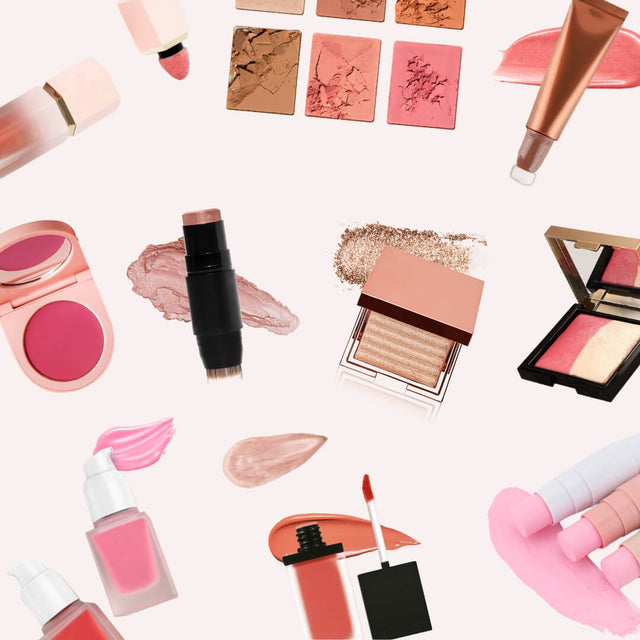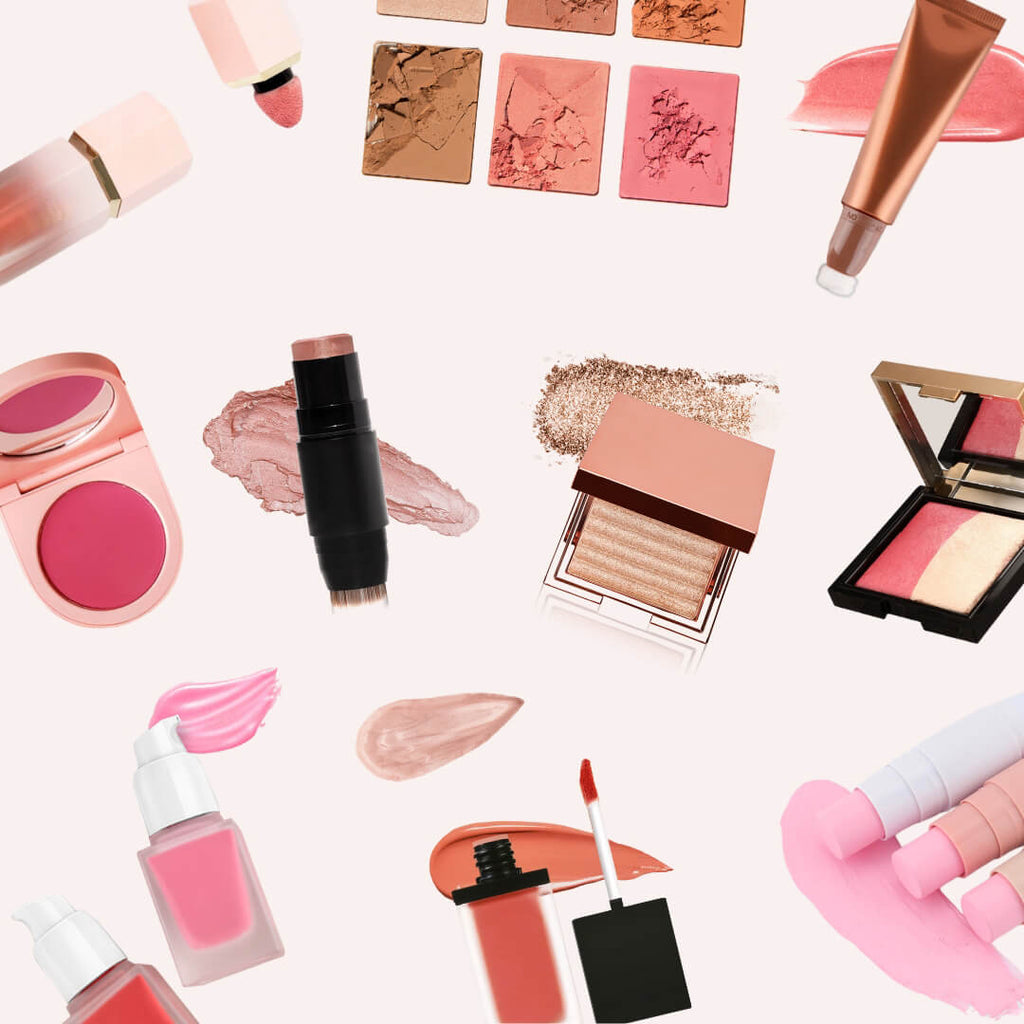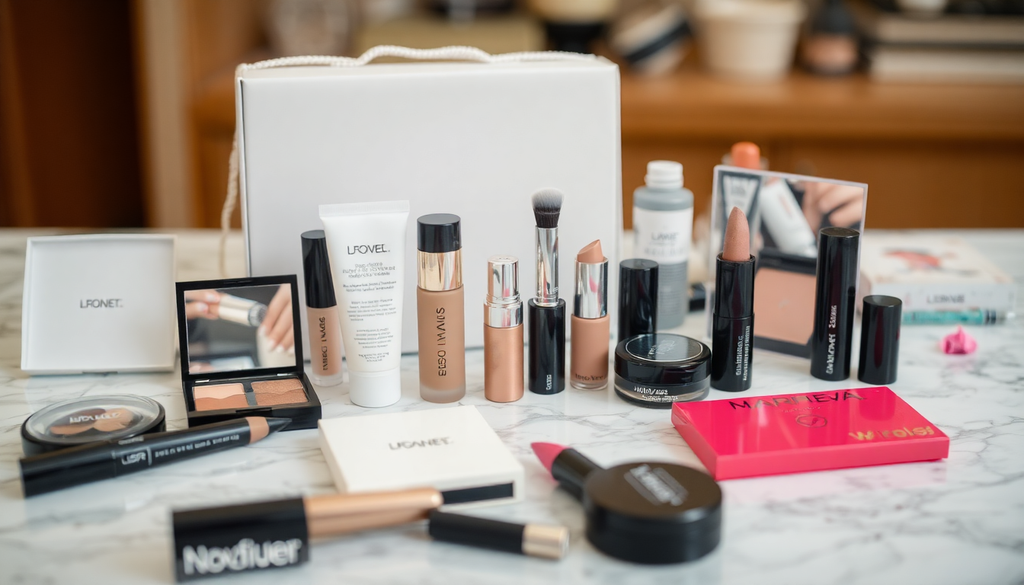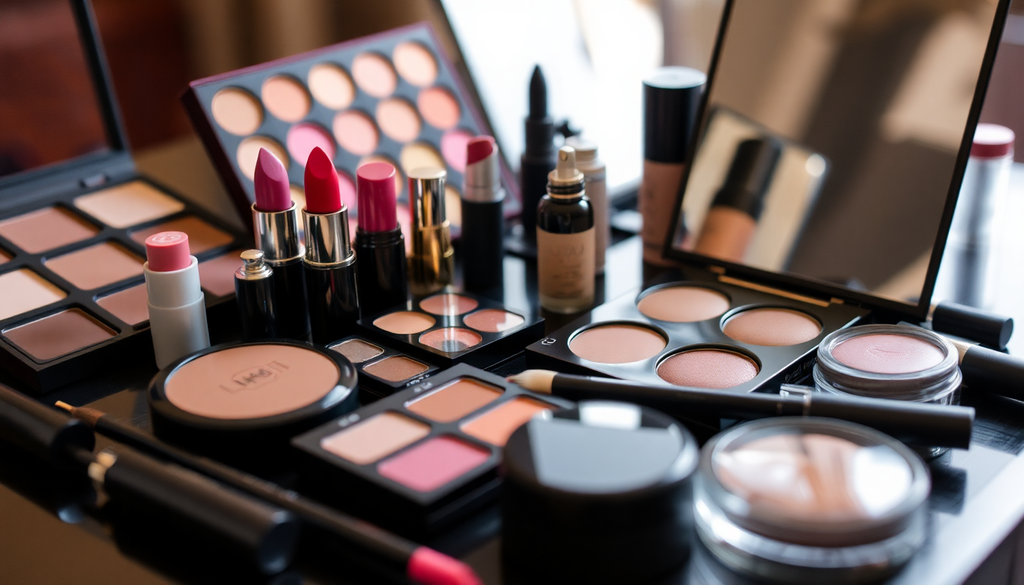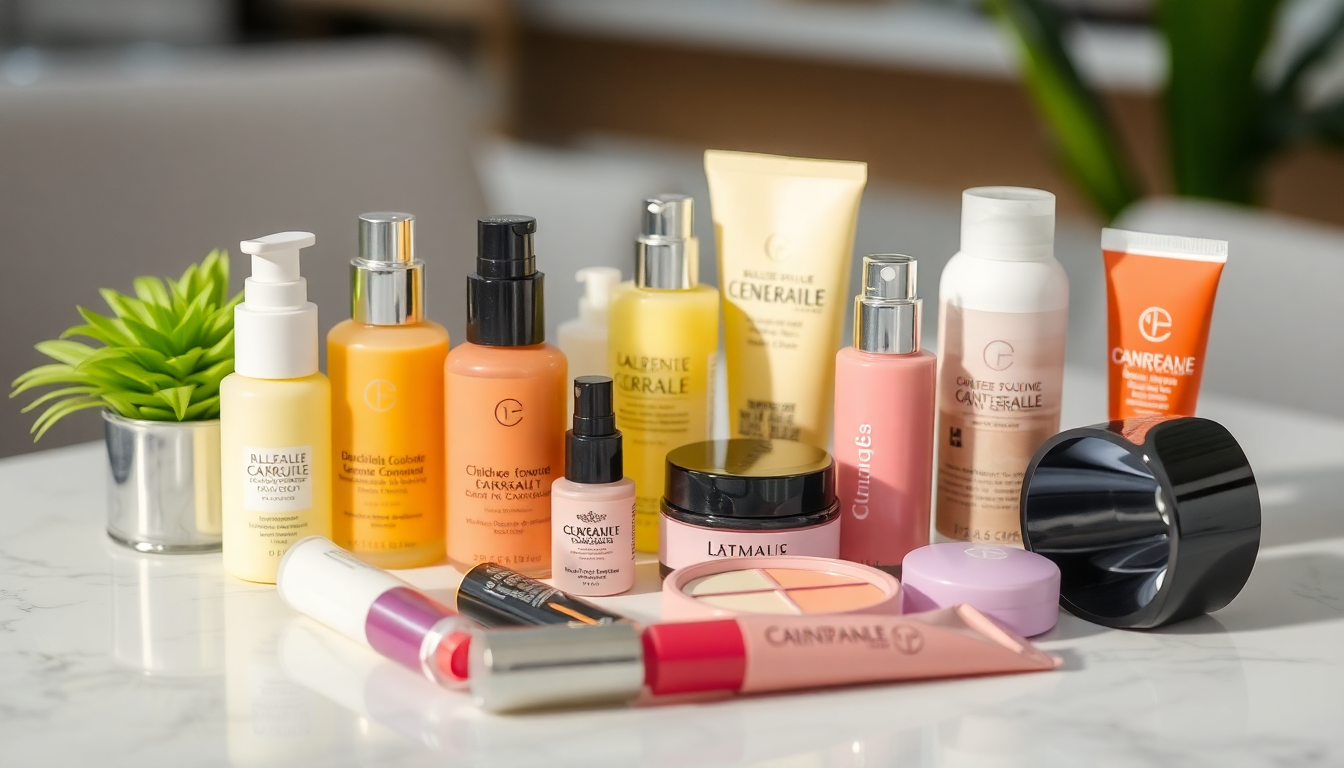
Navigating the New Zealand Makeup Business: Essential Steps for Launching Your Private Label Cosmetics Brand in 2025
Introduction
Starting a private label cosmetics brand in New Zealand can be an exciting venture, especially as we step into 2025, where the beauty industry is more vibrant and innovative than ever. With increasing consumer demand for unique and high-quality makeup products, entrepreneurs have a golden opportunity to carve their niche. However, launching a cosmetics brand requires a deep understanding of various aspects, from product formulation and compliance to marketing and distribution. This comprehensive guide aims to provide you with essential steps to successfully launch your private label cosmetics brand in New Zealand.
Step 1: Understand the New Zealand Cosmetics Regulations
Before diving into product development, it's crucial to familiarize yourself with the regulations governing cosmetics in New Zealand. Understanding these regulations will ensure your products are compliant and safe for consumers:
- Cosmetics Standards: All cosmetics must adhere to the New Zealand Cosmetic Products Group Standard 2006, which outlines safety and labeling requirements.
- Labelling Requirements: Cosmetics must have clear labeling that includes product name, ingredients, and any warnings. Compliance with the Fair Trading Act 1986 is also necessary to avoid misleading claims.
- Ingredient Safety: It is essential to familiarize yourself with the list of prohibited and restricted substances. This includes understanding specific regulations regarding color additives and preservatives.
- Animal Testing: New Zealand has strict regulations against animal testing for cosmetics. Ensure your products comply with these ethical standards.
Step 2: Choose a Reliable Manufacturer
Selecting a trustworthy manufacturer is critical for your private label cosmetics brand. A reliable partner will help you maintain product quality and meet production timelines. Consider the following when choosing a manufacturer:
- Research Suppliers: Look for manufacturers that specialize in private label cosmetics. Attend industry trade shows or use online directories to find reputable suppliers.
- Quality Control: Ensure that the manufacturer follows Good Manufacturing Practices (GMP) to maintain high product standards. Request documentation regarding their quality control processes.
- Customization Options: Evaluate their ability to customize formulations and packaging to fit your brand's identity. Look for manufacturers that can accommodate small batch orders for initial launches.
- Transparency: A good manufacturer should be open about their sourcing practices and be willing to provide samples for your evaluation.
Step 3: Develop Your Brand Identity
Your brand identity is crucial in distinguishing your products from competitors. A strong brand can foster customer loyalty and recognition. Here are some elements to consider:
- Brand Name: Choose a unique and memorable name that resonates with your target audience. Conduct a trademark search to ensure the name is not already in use.
- Logo and Packaging: Invest in professional design services to create eye-catching packaging and a logo that reflects your brand values. Packaging is particularly important in the cosmetics industry, as it can influence buying decisions.
- Target Audience: Define your target market, including demographics, preferences, and buying behaviors. This information will guide your marketing strategies and product offerings.
- Brand Story: Craft a compelling brand story that communicates your mission, values, and what sets your products apart. This narrative can be a powerful tool in engaging your audience.
Step 4: Create an Online Store
In today’s digital age, establishing an online presence is essential for reaching customers and growing your brand. Here are the steps to set up your online store:
- Choose an E-commerce Platform: Opt for user-friendly platforms such as Shopify, WooCommerce, or BigCommerce that cater specifically to cosmetics brands. Ensure the platform supports features you need, such as inventory management and SEO tools.
- Website Design: Your website should be visually appealing, easy to navigate, and mobile-optimized to enhance user experience. Consider hiring a web designer who understands e-commerce best practices.
- Payment Options: Provide multiple payment options to enhance customer convenience. Consider integrating options such as PayPal, credit cards, and buy-now-pay-later solutions.
- Product Descriptions: Write detailed and engaging product descriptions that highlight benefits, usage instructions, and ingredient information. High-quality images are also essential for showcasing your products effectively.
Step 5: Marketing Your Makeup Brand
Effective marketing is crucial for gaining visibility and attracting customers. Here are some strategies to promote your makeup brand:
- Social Media Marketing: Utilize platforms such as Instagram, TikTok, and Facebook to showcase your products through engaging content. Create visually appealing posts, stories, and reels that resonate with your audience.
- Influencer Collaborations: Partner with beauty influencers to reach a wider audience and build credibility. Choose influencers whose values align with your brand and who can authentically promote your products.
- Content Marketing: Create valuable content, such as tutorials, beauty tips, and blogs, to educate your audience about your products and the beauty industry. This approach can also improve your website's SEO.
- Email Marketing: Build an email list and send regular newsletters with product updates, promotions, and beauty tips. Personalization can help increase engagement rates.
- Search Engine Optimization (SEO): Optimize your website for search engines by using relevant keywords, meta tags, and alt text for images. This will help improve your visibility in search results.
Step 6: Understand Import Policies
If you plan to source ingredients or products from overseas, it’s essential to be aware of New Zealand's import policies:
- Customs Regulations: Familiarize yourself with customs duties and regulations related to importing cosmetics. Consult the New Zealand Customs Service for the latest information.
- Documentation: Prepare necessary documentation, including invoices, packing lists, and certificates of origin. Ensure all paperwork is accurate to avoid delays at customs.
- Tariffs and Taxes: Understand any tariffs or taxes that may apply to your imported goods. This knowledge will help you calculate your product pricing accurately.
Step 7: Build a Distribution Strategy
Once your products are ready, you need a solid distribution strategy to get them into the hands of consumers. Here are some options to consider:
- Direct-to-Consumer: Selling directly through your online store allows you to maintain control over branding and customer experience.
- Retail Partnerships: Explore partnerships with local retailers or beauty salons that align with your brand. This can help increase visibility and credibility.
- Online Marketplaces: Consider listing your products on popular online marketplaces such as Trade Me or Etsy. This can expose your brand to a broader audience.
- Subscription Boxes: Collaborate with beauty subscription boxes to introduce your products to new customers and generate buzz around your brand.
Step 8: Monitor and Adapt
The beauty industry is dynamic, and staying ahead requires continuous monitoring and adaptation. Here are some tips:
- Customer Feedback: Regularly gather feedback from customers to understand their preferences and experiences. Use surveys, reviews, and social media interactions as tools for improvement.
- Market Trends: Stay informed about emerging trends in the beauty industry. Attend trade shows and subscribe to industry publications to keep your finger on the pulse.
- Sales Analytics: Monitor sales data to identify which products perform best and adjust your inventory and marketing strategies accordingly.
Conclusion
Launching a private label cosmetics brand in New Zealand in 2025 requires careful consideration of regulations, product development, and effective marketing strategies. By following these essential steps, you can successfully navigate the makeup business landscape and build a brand that resonates with consumers. With passion, creativity, and a strategic approach, your private label cosmetics brand can thrive in this competitive market.

